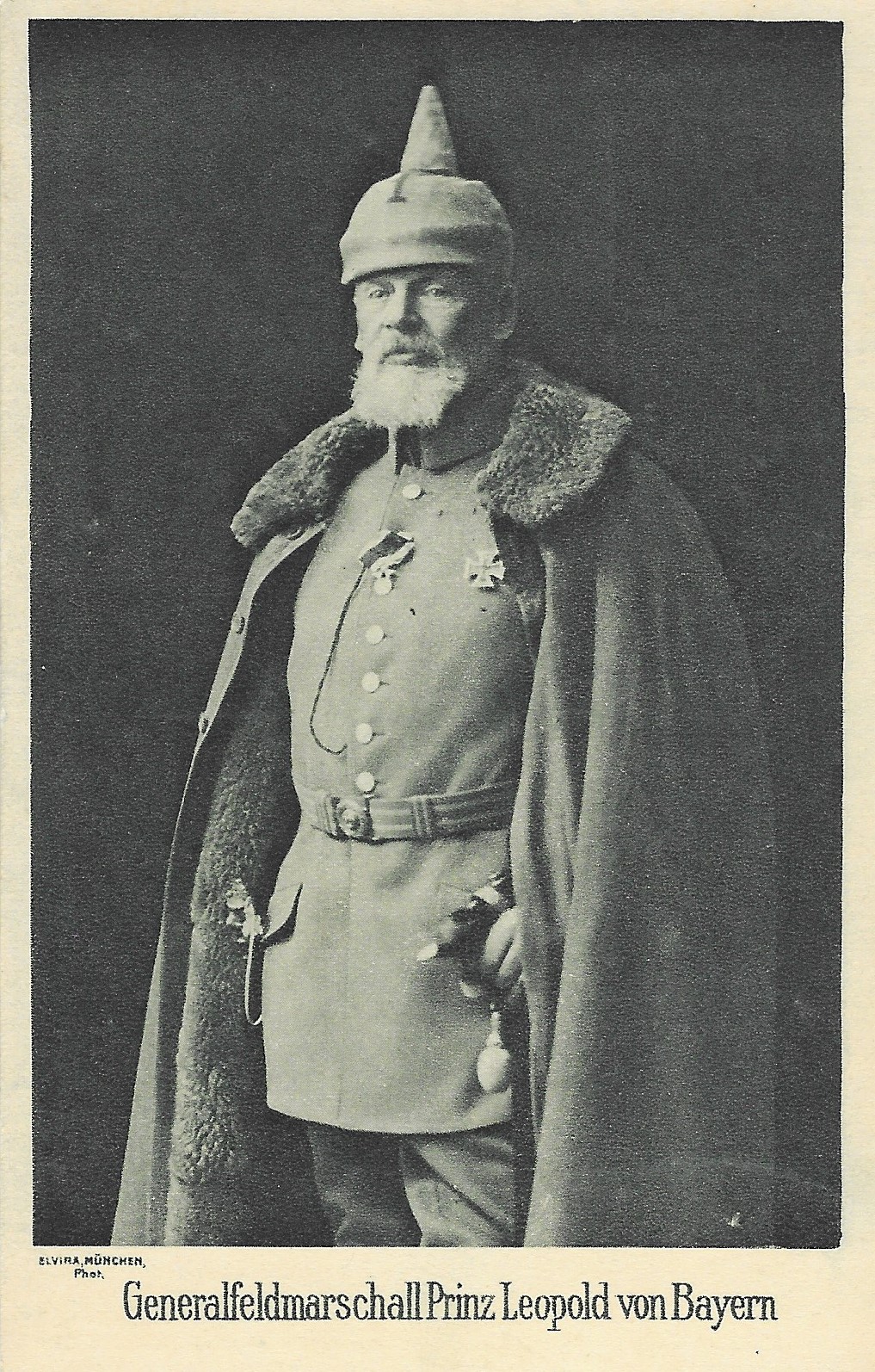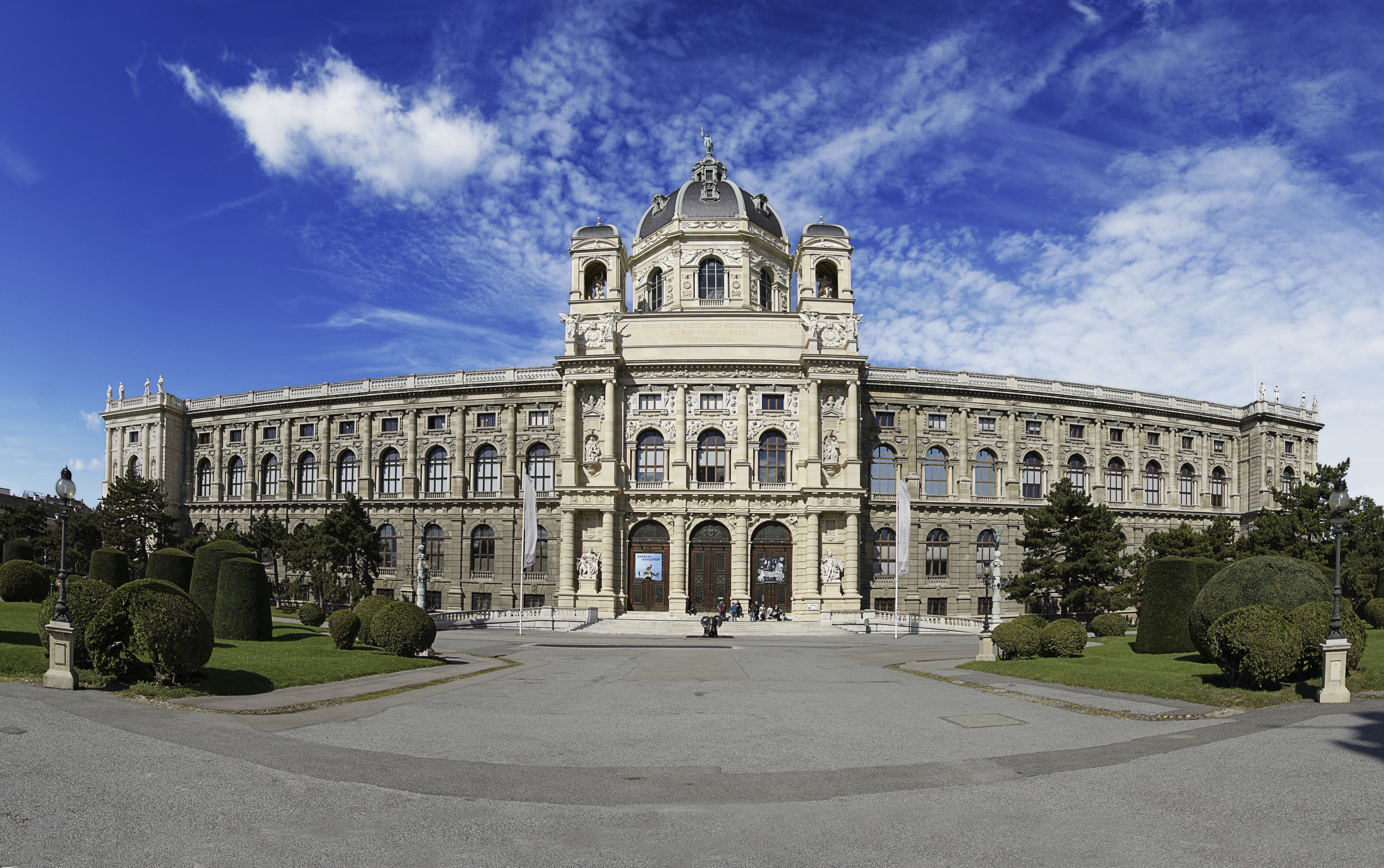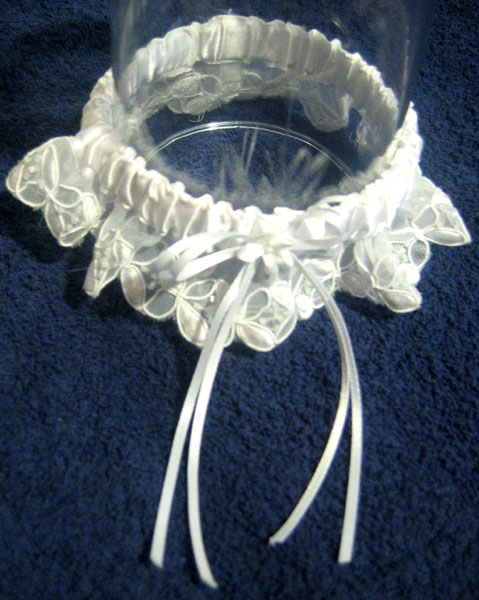|
Crown Prince Rudolf Of Austria
Rudolf, Crown Prince of Austria (Rudolf Franz Karl Josef; 21 August 1858 – 30 January 1889) was the only son and third child of Emperor Franz Joseph I and Empress Elisabeth of Austria. He was heir apparent to the imperial throne of the Austro-Hungarian Empire from birth. In 1889, he died in a suicide pact with his mistress Baroness Mary Vetsera at the Mayerling hunting lodge. The ensuing scandal made international headlines. Background Rudolf was born at Schloss Laxenburg,"Crown Prince Rudolf (1858–1889)" (museum notes), , 2006. a castle near |
Baroness Mary Vetsera
Baroness Marie Alexandrine "Mary" von Vetsera (19 March 1871 – 30 January 1889) was an Austrian nobility, Austrian noblewoman and the Mistress (lover), mistress of Rudolf, Crown Prince of Austria. Vetsera and the crown prince were found dead at his hunting lodge in Mayerling on 30 January 1889, following an apparent murder-suicide, which is known as the Mayerling incident. Family and early life Marie Alexandrine ''Mary'' ''Freiin'' von Vetsera was born on 19 March 1871 as the third child and second daughter of Albin ''Freiherr'' von Vetsera (1825–1887), an Austrian diplomat from Bratislava, Pozsony, Kingdom of Hungary (present day Bratislava, Slovakia),Markus, George, ''Crime at Mayerling: The Life and Death of Mary Vetsera'', Ariadne Press, 1995, p. 23. and his wife, born Helene von Vetsera, Eleni ''Hélène'' Baltazzi (1847–1925), member of a wealthy noble family from Chios, Greece (then part of the Ottoman Empire). Albin Vetsera had been the Legal guardian, guardian ... [...More Info...] [...Related Items...] OR: [Wikipedia] [Google] [Baidu] |
Mayerling Incident
The Mayerling incident is the series of events surrounding the apparent murder–suicide suicide pact, pact of Rudolf, Crown Prince of Austria, and his mistress, baroness Mary Vetsera. They were found dead on 30 January 1889 in an imperial hunting lodge in Mayerling. Rudolf, who was married to Princess Stéphanie of Belgium, was the only son of Emperor Franz Joseph and Empress Elisabeth of Austria, Empress Elisabeth, and was heir apparent to the throne of Austria-Hungary. Rudolf's mistress was the daughter of Albin von Vetsera, a diplomat at the Austrian court. Albin had been created a ''Freiherr'' (Baron) in 1870. The bodies of the 30-year-old Rudolf and the 17-year-old Mary were discovered in the Imperial hunting lodge at Mayerling in the Vienna Woods, southwest of the capital, on the morning of 30 January 1889.Palmer, A. ''Twilight of the Habsburgs: The Life and Times of Emperor Francis Joseph''. Atlantic Monthly Press. pp. 246–253 The death of the Crown Prince i ... [...More Info...] [...Related Items...] OR: [Wikipedia] [Google] [Baidu] |
Leopold Gondrecourt
Count Leopold Gondrecourt (1816-1888) was a Austro-Hungarian general of French origin most notable for his service in the Battle for Königshügel. Biography After attending the École spéciale militaire de Saint-Cyr in Saint-Cyr-l'École, Count Gondrecourt entered the service of the Austrian army. At the end of 1863, he was appointed as a brigadier in command of a 4800-strong brigade that was to be sent to Schleswig-Holstein and set out from Prague on 17 and 18 December 1863. Initially an Austrian contingent of the federal German troops in the federal execution against the duchies of Holstein and Lauenburg; the brigade then continued to serve along the Prussian Army in the Second Schleswig War. On 3 February 1864, together with the Prussian brigade "Canstein", Gondrecourt's unit stormed the area in front of the Danewerk during the Battle for Königshügel near Selk. For the successful capture of the Königshügel, he was awarded the Military Order of Maria Theresa. For h ... [...More Info...] [...Related Items...] OR: [Wikipedia] [Google] [Baidu] |
Prince Leopold Of Bavaria
Prince Leopold of Bavaria (Leopold Maximilian Joseph Maria Arnulf; 9 February 1846 – 28 September 1930) was born in Munich, the second son of Prince Regent Luitpold of Bavaria (1821–1912) and his wife Archduchess Augusta of Austria (1825–1864). He was a Field Marshal (''Generalfeldmarschall'') who commanded German and Austro-Hungarian forces on the Eastern Front in World War I. Biography Military career Prince Leopold entered the Bavarian Army at the age of 15, and received his patent as a lieutenant dated 28 November 1861. He saw first combat during the Austro-Prussian War in 1866, where he commanded an artillery battery at Kissingen and Rossbrunn. In 1870, King Ludwig II of Bavaria sent Leopold to the battlefields of France, where the Bavarian Army was fighting alongside the Prussian Army in the Franco-Prussian War. He served with the 3rd Bavarian Artillery Regiment and saw action at Sedan and Beauvert. He was promoted to major in December 1870.Bavarian War M ... [...More Info...] [...Related Items...] OR: [Wikipedia] [Google] [Baidu] |
Emperor Of Austria
The emperor of Austria (, ) was the ruler of the Austrian Empire and later the Austro-Hungarian Empire. The hereditary imperial title and office was proclaimed in 1804 by Francis II, Holy Roman Emperor, a member of the House of Habsburg-Lorraine, and continually held by him and his heirs until Charles I relinquished power in 1918. The emperors retained the title of Archduke of Austria. The wives of the emperors held the title empress, while other members of the family held the titles of archduke or archduchess. Predecessors Members of the House of Austria, the Habsburg dynasty, had been the elected Holy Roman Emperors since 1438 (except for a five-year break from 1740 to 1745) and mostly resided in Vienna. Thus the term "Austrian emperor" may occur in texts dealing with the time before 1804, when no Austrian Empire existed. In these cases the word Austria means the composite monarchy ruled by the dynasty, not the country. A special case was Maria Theresa; she bore the i ... [...More Info...] [...Related Items...] OR: [Wikipedia] [Google] [Baidu] |
Archduchess Gisela Of Austria
Archduchess Gisela Louise Marie of Austria (12 July 1856 – 27 July 1932) was the second daughter and eldest surviving child of Emperor Franz Joseph I and Empress Elisabeth of Austria. She became a Princess of Bavaria through her marriage to her second cousin, Leopold. The Archduchess was born on 12 July 1856, the second child of Franz Joseph I of Austria and Elisabeth in Bavaria. She was named Gisella Louise Marie; the name Gisella was taken after Queen Gisela of Hungary, wife of Stephen I, first Christian Hungarian king. Although christened ''Gisella'', she only ever wrote her name with one L. Just like her elder sister Archduchess Sophie and her brother Crown Prince Rudolf, Gisela was raised by her paternal grandmother, Archduchess Sophie of Austria. Of a sober nature like her father, she kept a reserved attitude towards her mother. She had a very close relationship with her brother, whose suicide affected her greatly. Life Her father collected some of the ... [...More Info...] [...Related Items...] OR: [Wikipedia] [Google] [Baidu] |
Rudolf I Of Germany
Rudolf I (1 May 1218 – 15 July 1291) was the first King of Germany of the Habsburg dynasty from 1273 until his death. Rudolf's imperial election of 1273, election marked the end of the Interregnum (Holy Roman Empire), Great Interregnum which had begun after the death of the Hohenstaufen Emperor Frederick II in 1250. Originally a Duke of Swabia, Swabian count, he was the first Habsburg to acquire the duchies of Duchy of Austria, Austria and Duchy of Styria, Styria in opposition to his mighty rival, the Přemyslid dynasty, Přemyslid king Ottokar II of Bohemia, whom he defeated in the 1278 Battle on the Marchfeld. The territories remained under Habsburg rule for more than 600 years, forming the core of the Habsburg monarchy and the present-day country of Austria. Rudolf played a vital role in raising the comital House of Habsburg to the rank of Princes of the Holy Roman Empire, Imperial princes. Early life Rudolf was born on 1 May 1218 at Limburgh Castle near Sasbach am Kais ... [...More Info...] [...Related Items...] OR: [Wikipedia] [Google] [Baidu] |
King Of Germany
This is a list of monarchs who ruled over East Francia, and the Kingdom of Germany (), from Treaty of Verdun, the division of the Francia, Frankish Empire in 843 and Dissolution of the Holy Roman Empire, the collapse of the Holy Roman Empire in 1806 until German Revolution of 1918–1919, the collapse of the German Empire in 1918: East Francia (843–962) Carolingian dynasty Conradine dynasty Ottonian dynasty Holy Roman Empire (962–1806) The title "King of the Romans", used in the Holy Roman Empire, was, from the coronation of Henry II, considered equivalent to King of Germany. A king was chosen by the German electors and would then proceed to Rome to be Coronation of the Holy Roman Emperor, crowned emperor by the pope. Ottonian dynasty (continued) Salian dynasty Supplinburger dynasty Hohenstaufen dynasty Interregnum Changing dynasties Habsburg dynasty Modern Germany (1806–1918) Confederation of the Rhine (1806–1813) German Confederation (18 ... [...More Info...] [...Related Items...] OR: [Wikipedia] [Google] [Baidu] |
Elisabeth Of Bavaria
Elisabeth (born Duchess Elisabeth Amalie Eugenie in Bavaria; 24 December 1837 – 10 September 1898), nicknamed Sisi or Sissi, was Empress of Austria and Queen of Hungary from her marriage to Franz Joseph I of Austria on 24 April 1854 until her assassination in 1898. Elisabeth was born into the Bavarian House of Wittelsbach but enjoyed an informal upbringing before marrying her first cousin, Emperor Franz Joseph I, at 16. The marriage thrust her into the much more formal Habsburg court life, for which she was unprepared and which she found suffocating. The couple had four children: Sophie, Gisela, Rudolf, and Marie Valerie. Early in her marriage, Elisabeth was at odds with her aunt and mother-in-law, Archduchess Sophie, who took over the rearing of Elisabeth's children. The birth of a son, Rudolf, improved Elisabeth's standing at court, but her health suffered under the strain. As a result, she would often visit Hungary for its more relaxed environment. She came to develop ... [...More Info...] [...Related Items...] OR: [Wikipedia] [Google] [Baidu] |
Vienna
Vienna ( ; ; ) is the capital city, capital, List of largest cities in Austria, most populous city, and one of Federal states of Austria, nine federal states of Austria. It is Austria's primate city, with just over two million inhabitants. Its larger metropolitan area has a population of nearly 2.9 million, representing nearly one-third of the country's population. Vienna is the Culture of Austria, cultural, Economy of Austria, economic, and Politics of Austria, political center of the country, the List of cities in the European Union by population within city limits, fifth-largest city by population in the European Union, and the most-populous of the List of cities and towns on the river Danube, cities on the river Danube. The city lies on the eastern edge of the Vienna Woods (''Wienerwald''), the northeasternmost foothills of the Alps, that separate Vienna from the more western parts of Austria, at the transition to the Pannonian Basin. It sits on the Danube, and is ... [...More Info...] [...Related Items...] OR: [Wikipedia] [Google] [Baidu] |
Natural History Museum, Vienna
The Natural History Museum Vienna () is a large natural history museum located in Vienna, Austria. The NHM Vienna is one of the largest museums and non-university research institutions in Austria and an important center of excellence for all matters relating to natural sciences. The museum's 39 exhibition rooms cover 8,460 square meters and present more than 100,000 objects. It is home to 30 million objects available to more than 60 scientists and numerous guest researchers who carry out basic research in a wide range of topics related to human sciences, earth sciences, and List of life sciences, life sciences. The ''Index Herbariorum'' code assigned to this museum is W and it is used when citing housed herbarium specimens. History The earliest collections of the Natural History Museum Vienna date back more than 250 years. It was the Holy Roman Emperor Francis I, Holy Roman Emperor, Francis I, Maria Theresa’s husband, who in 1750 purchased what was at the time the world's ... [...More Info...] [...Related Items...] OR: [Wikipedia] [Google] [Baidu] |
Garter Encircled Arms Of Rudolf, Crown Prince Of Austria, KG
A garter is an article of clothing comprising a narrow band of fabric fastened about the leg to keep up stockings. In the eighteenth to twentieth centuries, they were tied just below the knee, where the leg is most slender, to keep the stocking from slipping. The advent of elastic has made them less necessary from this functional standpoint, although they are still often worn for fashion. Garters have been widely worn by men and women, depending on fashion trends. Garters in fashion In Elizabethan fashions, men wore garters with their hose, and colourful garters were an object of display. In Shakespeare's ''Twelfth Night'', "cross braced" garters (a long garter tied above and below the knee and crossed between), as worn by the character Malvolio, are an object of some derision. In male fashion for much of the 20th century a type of garter for holding up socks was used as a part of male dress; it is considered somewhat archaic now. Use in wedding traditions There is a Western ... [...More Info...] [...Related Items...] OR: [Wikipedia] [Google] [Baidu] |










